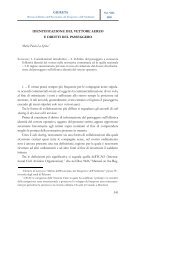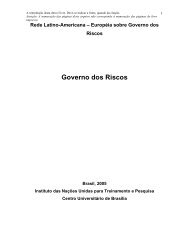YEARS OF EUROPEAN ONLINE ANNÉES DE EN LIGNE ...
YEARS OF EUROPEAN ONLINE ANNÉES DE EN LIGNE ...
YEARS OF EUROPEAN ONLINE ANNÉES DE EN LIGNE ...
You also want an ePaper? Increase the reach of your titles
YUMPU automatically turns print PDFs into web optimized ePapers that Google loves.
WORKSHOP<br />
for test and demonstration purposes, and on product placement for integration<br />
of the result into commercial applications (Dini et al., 2005).<br />
Automatic text analysis and conceptual indexing provides support in two<br />
areas: inding concepts based on corpora-based analysis or linking text corpora<br />
to knowledge bases (see for example the following projects: Konterm (Schweighofer,<br />
1999, Schweighofer et al., 2002), Salomon (moens et al., 1997),<br />
flexicon (Smith et al., 1995), SmILE (Brüninghaus and Ashley, 2001), SUm<br />
(hachey and Grover, 2004) or Support Vector machines (Gonçalves and<br />
quaresma, 2005)). Existing techniques — tfxIDf vector document representation<br />
and feature extraction — have proven their feasibility and potential to<br />
structure, classify and describe (label) huge amounts of legal text corpora, in<br />
particular if intellectual improvement is done. however, scaling-up — for example,<br />
deeper investigation of a larger text corpus and use of a more advanced<br />
ontology — has still to be done.<br />
On the one hand, ontologies may offer a solution for structuring of extracted<br />
information. Legal databases could be transformed into a semantic representation<br />
by semi-automatic means, into logical sentences or as process diagrams,<br />
conceptual structures or relationships (e.g. AustLII ( 8 ), CiteSeer ( 9 ). this<br />
semantic representation would not be perfect but would provide signiicantly<br />
easier access to the legal database.<br />
On the other hand, semi-automatic lexical analysis provides invaluable support<br />
for word sense disambiguation or deinitions. In the LOIS project, this tool<br />
was used for extracting multilingual deinitions from the EUR-Lex database.<br />
LEGAL ONtOLOGIES<br />
After important preliminary work (e.g. mcCarty, 1989; hafner, 1977; or<br />
Stamper, 1991), the frame-based ontology fBO of van Kralingen (1995) and<br />
Visser (1995) and the functional ontology fOLaw of Valente (1995) achieved<br />
some prominence. Both were formalised with the description language Ontolingua<br />
(Gruber, 1993) and represent a rather epistemic approach.<br />
the fBO was conceived as a general and reusable legal ontology, which<br />
offered three classes of model primitives, whereby for each unit a frame structure<br />
with all relevant attributes was deined. the types of frames were norm,<br />
action and concept.<br />
( 8 ) website: http://www.austlii.edu.au/.<br />
( 9 ) website: http://citeseer.ist.psu.edu/cs.<br />
142 | 143<br />
01_2007_5222_txt_ML.indd 143 6-12-2007 15:14:03


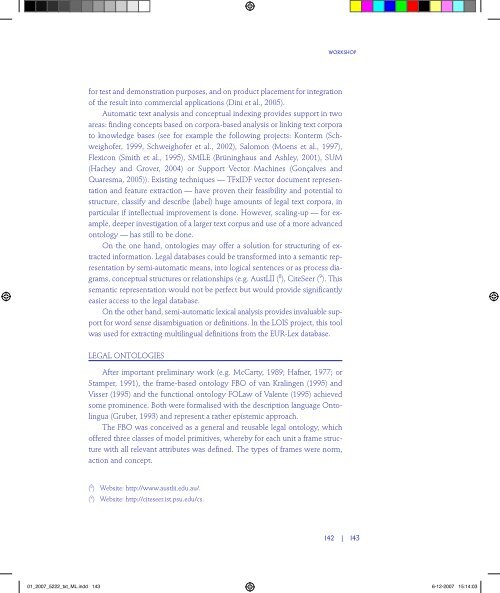
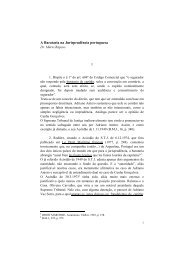
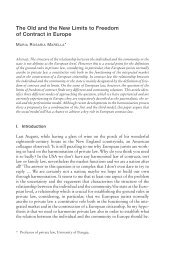

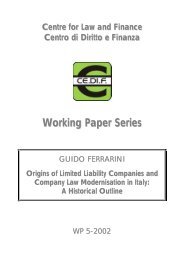
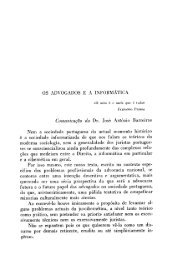
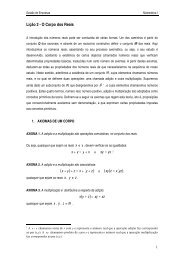
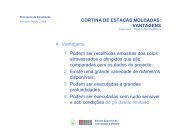
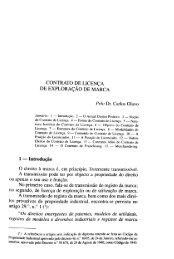
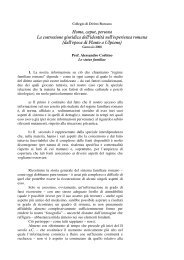
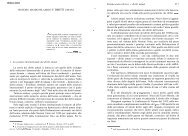
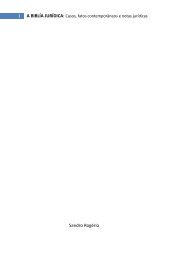
![Luigi Sapio Nozione di islām La parola “islām” [ ] è il mas.dar1 ...](https://img.yumpu.com/15836073/1/185x260/luigi-sapio-nozione-di-islam-la-parola-islam-e-il-masdar1-.jpg?quality=85)
